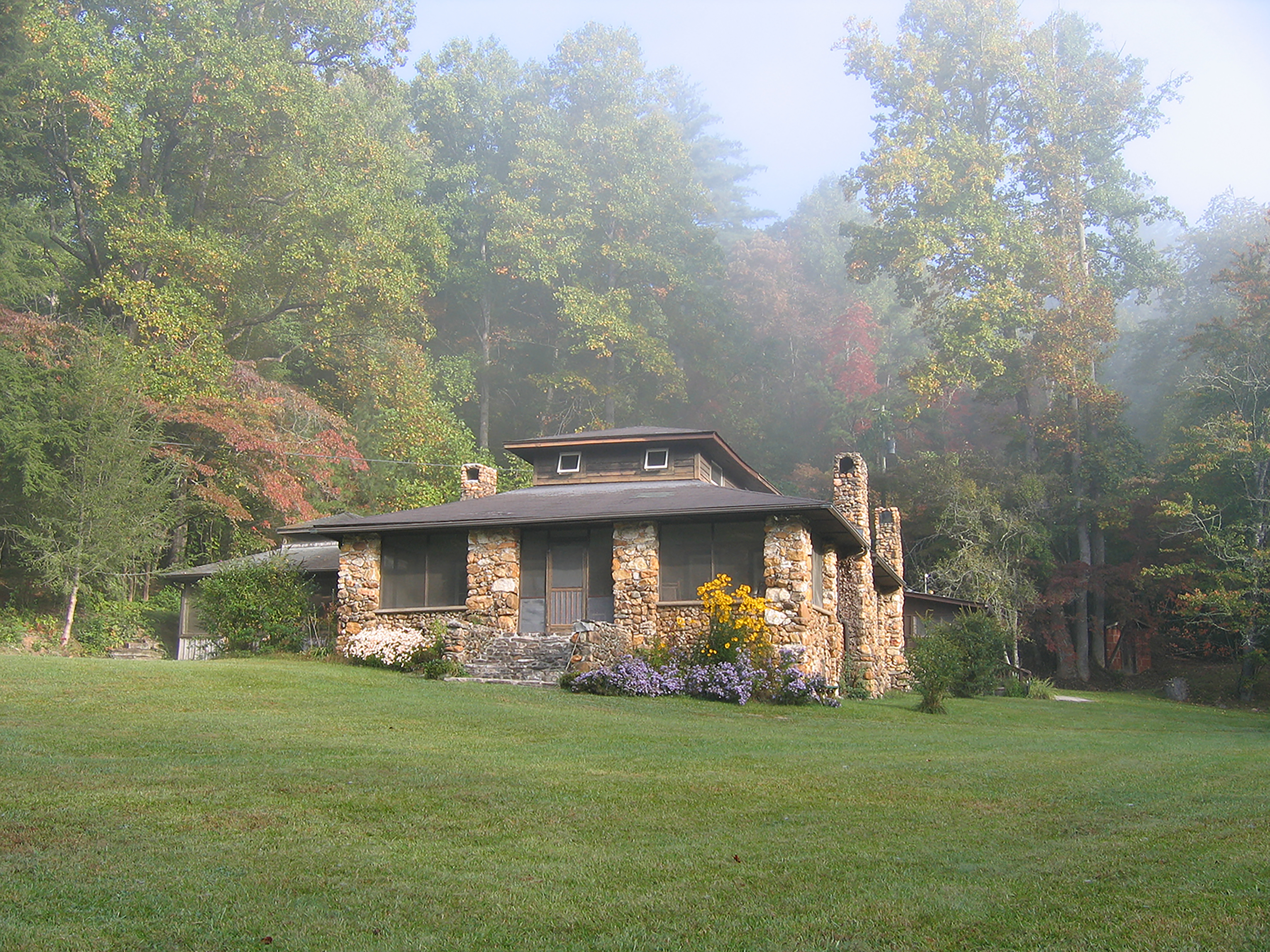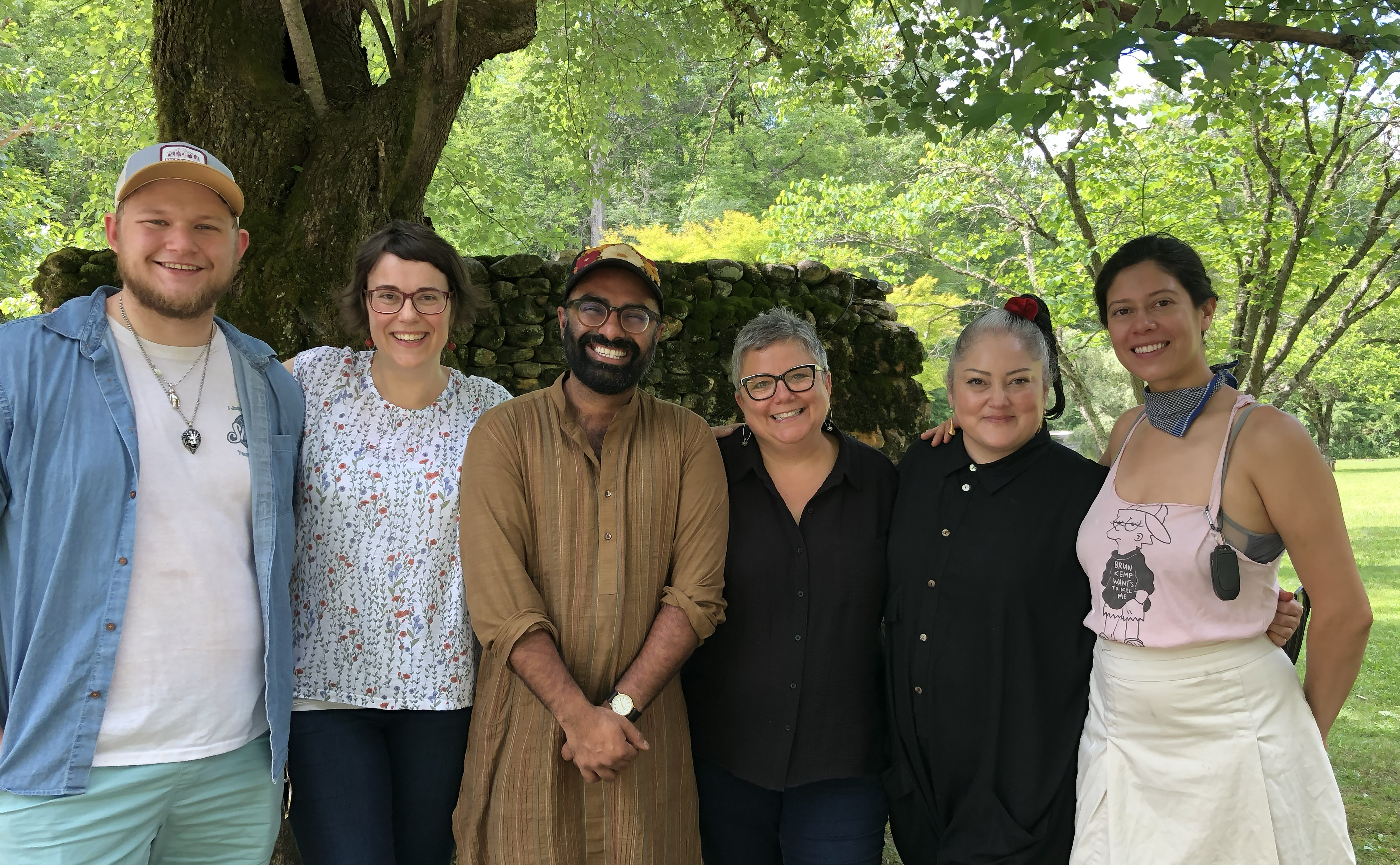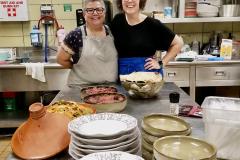*A recipe is a list of ingredients and directions, whereas a receipt is a record of what has been received.

Arriving at The Hambidge Center is a magical experience. Two and a half hours north of Atlanta, with just enough time to decompress, you find yourself in Rabun Gap, a sleepy mountain town near the Foxfire Museum and Georgia’s highest state park, Black Rock Mountain. The low rolling hills of the road slowly climb to meet the gravel driveway, and greeting you is the sternly beautiful Lucinda’s Rockhouse, where you will gather with strangers for meals in the weeks ahead. In June 2022, Hambidge gathered a group of innovative and curious chefs and ceramists for the organization's first-ever group collaboration. We spent our weeks together exploring earth, fire, and food in a “cooking and clay” residency.



